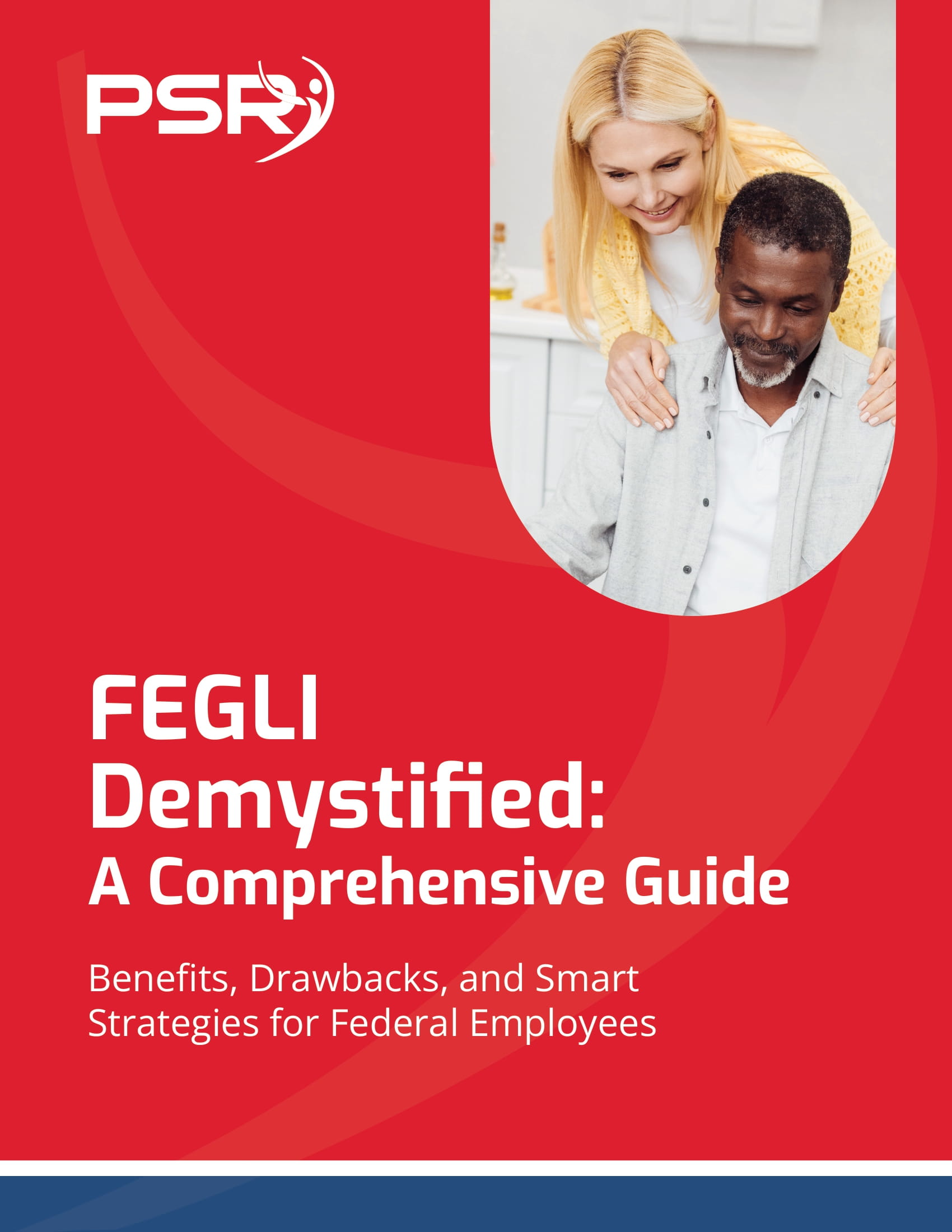MICHAEL WOOD —The Thrift Savings Plans is a great investment option for people with stocks and bonds. However, if they have another investment account such as an IRA, holding onto some assets besides these can expand one’s wealth and offer them more security and safety in any market condition.
Commodities Can Help Diversify One’s Portfolio
According to Fidelity Investments research, in eight out of 10 U.S. business cycles, it’s commodities that outdo the S&P 500 in the late stage. Why is that? It’s because, in this business cycle stage, the economy is overheating and inflation begins, which can benefit all kinds of commodity producers.
Still, each business cycle is not the same and commodities don’t always perform as one would expect. A look at commodity prices shows that inflation and commodities are closely tied together.
- Also Read: FAA, Law Enforcement, and Special Federal Employee Categories—Here’s What Makes Their Retirement Unique
- Also Read: Blending Private and Public Sector Retirement Plans Is Complicated—Here’s Where Couples Get It Wrong
- Also Read: The Silent Shift in Postal Service Retirement Benefits That Could Change Everything by 2026
Looking at the 10-year average, worldwide commodity prices are low. Oddly enough, in high valued stocks, bonds, and real estate markets, commodity guides are roughly one standard deviance under the average, which is important.
A Look At Commodity Trends
For the past several years, energy prices have been remarkably low thanks to rising American oil and gas production and processing. This has affected the worldwide supply/demand balance. Food prices were low because of various factors such as a drop in growth rate for biofuel usage and a decline in population growth rates for huge population centers such as China and the drop in energy prices and other areas.
Weather has also had a role in the food supply – be it overabundance or shortage.
What will happen with commodity prices in the future? That’s up in the air, but a partial return would mean a good return for commodity producers.
One big argument about long-term high energy prices is that lower solar per-watt prices, higher solar energy capacity and more people using electric vehicles will lower energy prices. In fact, a surge in energy prices could take place before there is a long-term drop in energy demand.
Another argument about long-term food prices is that slow worldwide population growth and less attention on biofuels doesn’t support high food prices. However, global warming and droughts could push food and fertilizer prices higher.
Another agreement can be made with long-term industrial metal prices, especially those considered rare earth metals. The argument is that a change in mindset from gas-powered vehicles to electric vehicles will cause a rise in demand for earth metals. How so? Electric vehicles, because of their large batteries and other technology, use more earth metals than gas-powered vehicles. When there is a world filled with electric vehicles, the demand for earth metals is bound to be higher.
Those that hold the neutral diversification position will spread their bets out and have a minute amount of commodities in their portfolio.
How Can You Invest In Commodities
There are two ways in which you can invest commodities:
• Directly
• Investments in companies that generate commodities
The simplest way is to have a position in a general commodity producer ETF – think something along the lines of SPDR S&P Global Natural Resources ETF (exchange-traded fund). However, if you want to focus on something more specific, you can put attention on focused ETFs like iShares MSCI Global Metals and Mining Products ETF.
If you want even more in-depth details, you can buy individual stocks.
If you prefer a more hands-off investment option, you don’t have to diversify yourself this much. An investment in real estate, bond indices or broad stock indices is enough for most people. Some TSP equity funds have some energy and materials exposure, but there’s not a lot of that.
If you want a more hands-on investment option, want to take advantage of the various business cycle parts, want greater inflation protection or would prefer general diversification in asset classes, holding onto other assets could beneficial.
A great way to complement your TSP fund is to invest in commodity producers, precious metals, real estate and emerging markets. Why? The TSP has very little exposure to these stocks.
For more information, talk to a financial professional like Michael Wood at Integrity Retirement Planning.











